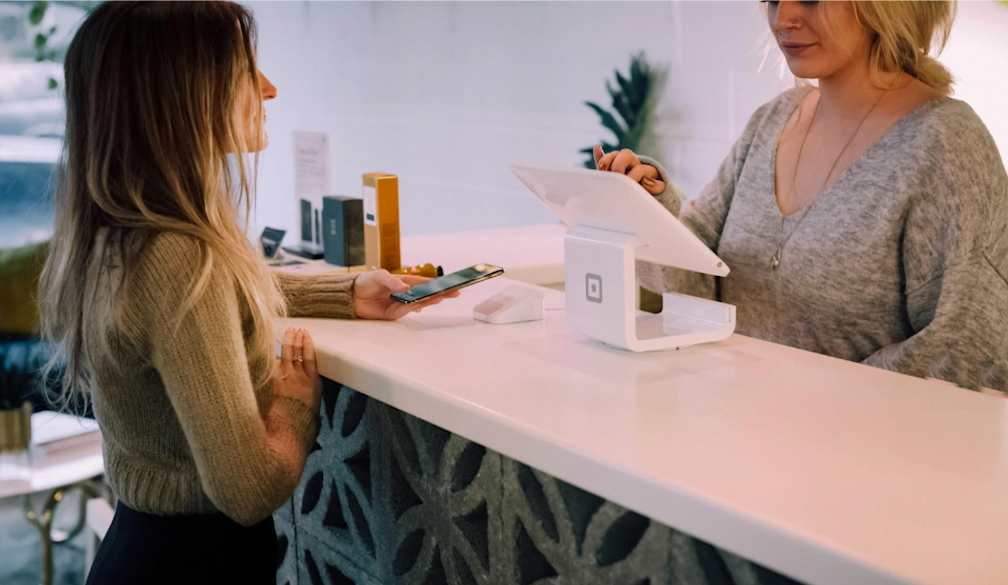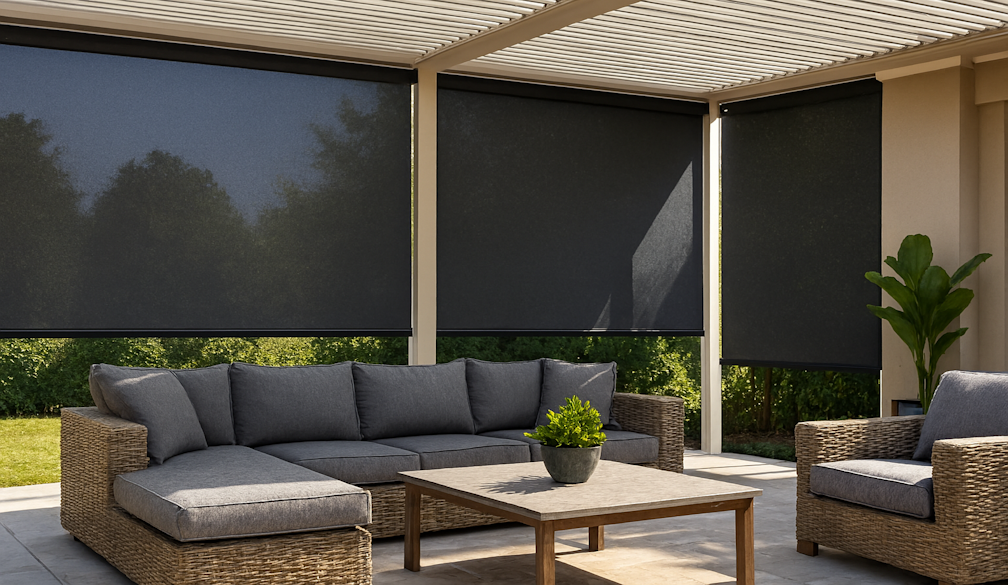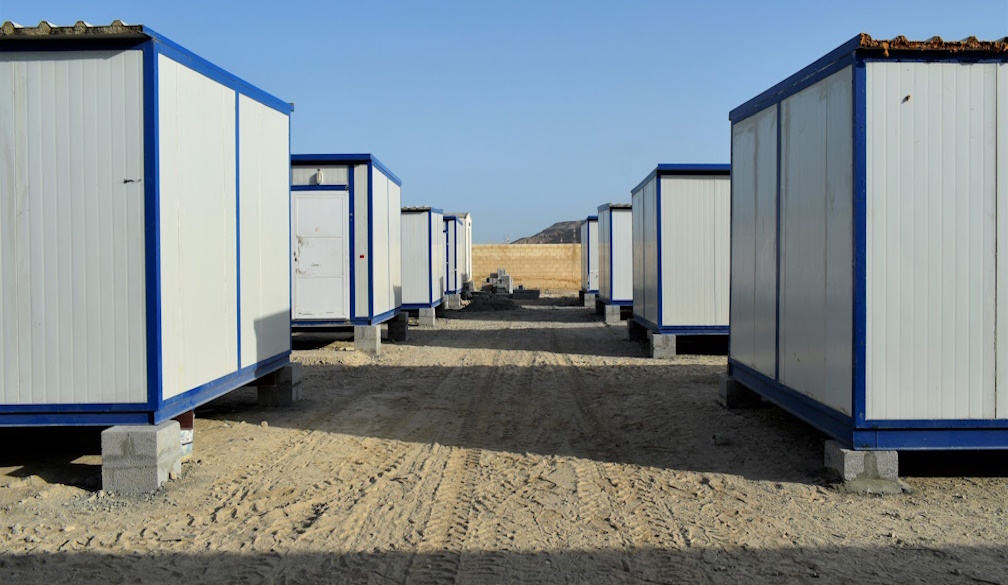A Guide to Buying, Installing, and Troubleshooting Your New Fridge

Purchasing and installing a new refrigerator is a substantial household decision with far-reaching implications for your kitchen's functionality, aesthetics, energy consumption, and food storage capabilities.
In this guide, we will explore the process of selecting the right refrigerator, installing it in your home, and addressing potential challenges along the way.
Step 1: Assess Your Needs
Before you embark on your journey to upgrade your refrigerator, it's crucial to begin with a thorough assessment of your needs. Here are some vital considerations:
Size: Begin by measuring the available space in your kitchen where the refrigerator will be placed. Refrigerator dimensions are pivotal to ensure a seamless fit.
Capacity: Determine your household's storage requirements based on factors such as size, shopping habits, and the number of occupants in your home.
Style: Choose from various refrigerator styles, including top-freezer, bottom-freezer, side-by-side, French door, and built-in models. Each style has its own set of advantages and disadvantages.
Features: Define the essential features you want in your new refrigerator. Options include ice and water dispensers, adjustable shelves, temperature control, and energy efficiency.
Budget: Establish a realistic budget and stick to it. Refrigerators come in a wide range of prices, so knowing your budget will help you narrow down your options.
Step 2: Research and Shop
Armed with your needs assessment, it's time to dive into the research and shopping phase. Here's how to navigate this critical step:
Online Research: Start by reading reviews and comparing various refrigerator models and brands online. Websites, forums, and customer reviews can provide valuable insights.
Visit Stores: Take the time to visit appliance stores to see the refrigerators in person. This firsthand experience will help you gauge their size and features more accurately.
Consult with Experts: Seek advice from knowledgeable appliance store staff or consider consulting with an expert if necessary. They can help you decipher the technical specifications and select the right refrigerator for your specific needs.
Price Comparison: Don't forget to compare prices across different retailers and be on the lookout for promotions, discounts, and financing options that align with your budget.
Step 3: Purchase and Delivery
Once you've made your decision, it's time to make the purchase and arrange for delivery. Keep the following in mind:
Purchase: Complete the purchase of your chosen refrigerator from your selected retailer. Be sure to thoroughly understand the warranty, return policy, and any additional costs, such as delivery and installation fees.
Delivery and Installation: Coordinate with the retailer to schedule the delivery and installation. Ensure that the delivery team has unobstructed access to the installation site and possesses the required tools.
Step 4: Preparing for Installation
Before your new refrigerator arrives, you must undertake some essential preparations:
Clear the Space: Remove the old refrigerator from its current location and clear the area for the new one. This is an ideal time to clean the space and ensure it's level and free from obstructions.
Utilities: Confirm the availability of electrical and water connections near the installation site. If these utilities are lacking, it may be necessary to hire a plumber or electrician to make the requisite adjustments.
Measure Twice: Double-check the dimensions of the new refrigerator to guarantee it will fit comfortably in the available space. A common installation mistake is overlooking this step.
Protect Your Flooring: Consider placing protective materials or cardboard on the floor to safeguard it against potential damage during installation.
Step 5: Installation
With your preparations complete, the installation process can begin:
Positioning: Carefully position the refrigerator in the designated location, ensuring that it is level and stable. A properly positioned refrigerator not only looks better but also operates more efficiently.
Plugging In: Connect the refrigerator to an electrical outlet and ensure that it is securely grounded. Always adhere to the manufacturer's instructions during this step to prevent electrical issues.
Water Connection: If your refrigerator is equipped with an ice and water dispenser, you may need to establish a connection to your water supply. This often involves installing a water line. If you're unsure about this process, hiring a plumber can be a wise choice. Follow the manufacturer's guidelines for this step to prevent leaks and other water-related issues.
Stabilisation: Make necessary adjustments to the refrigerator's feet to ensure it sits level and steady. A level refrigerator is not only aesthetically pleasing but also operates more efficiently, prolonging its lifespan.
Initial Setup: Follow the manufacturer's instructions to set the desired temperature and activate any special features. This step is crucial to ensure your refrigerator operates at peak performance.
Step 6: Transfer and Stock
Now that your new refrigerator is successfully installed and operational, it's time to transfer your food and organise your new storage space:
Food Transfer: Carefully transfer your food from the old refrigerator to the new one. Take this opportunity to organise and clean items as needed.
Optimal Temperature: Allow your new refrigerator some time to reach its optimal internal temperature before storing perishable items. Typically, this process takes a few hours.
Effective Organization: Make the most of your refrigerator's storage options by efficiently organising your food. Proper organisation not only maximises storage capacity but also facilitates easier access to items.
Troubleshooting and Hiring a Plumber
Despite careful planning and execution, unforeseen issues may arise during or after installation. If you encounter any of the following problems, it's advisable to consider hiring a plumber specialising in fridge installation:
Water Line Leaks: If your refrigerator has a water dispenser or ice maker and you experience water leaks or plumbing-related issues, a professional plumber can diagnose and fix the problem.
Water Supply Adjustment: If you need to relocate or install a new water supply line for your refrigerator, hiring a plumber ensures that it's done correctly and safely, preventing water damage and potential plumbing issues in the future.
Electrical Problems: While not common, electrical issues during refrigerator installation can be dangerous. If you encounter problems with the electrical connection, consult an electrician for expert assistance.
Conclusion
The process of buying, installing, and troubleshooting your new refrigerator can be a rewarding and seamless experience when you follow these steps and consider professional assistance if needed.
By carefully assessing your needs, conducting thorough research, making an informed purchase, and ensuring a proper installation, you'll not only enhance the functionality of your kitchen but also improve your household's efficiency and convenience. Enjoy the benefits of your new appliance and relish the worry-free, trouble-free days ahead.

























